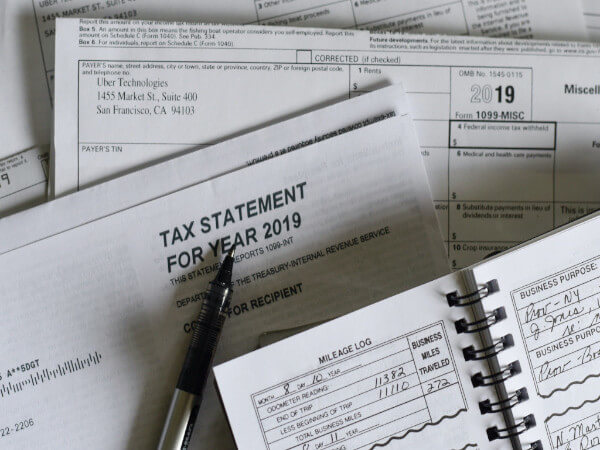Day: November 17, 2021
How to Stop ‘Rough-Drafting’ and Learn to Speak with Precision During Presentations
Why is it that so many lawyer presentations suffer from “hanging fragmentitis”? Here’s how to stop yourself from constantly editing, restarting and revising out loud. When we speak, why do we so often fail to finish our sentences? Linguists must know the answer to this question, but I am at a loss. All I’m sure of is this: Lawyers find it difficult — often impossible — to finish sentences. They have some kind of built-in resistance to committing to a period. Commas, ellipses and random question marks — yes. Periods — no. Here’s what I mean. A lawyer stands up to make a presentation to colleagues, an opening statement or a motion to a judge. She states her topic or theme, often (but far from always) in a single sentence. And then, she’s off to “The Land of the Never-Ending Sentence.” There isn’t a period to be heard for minutes on end: “Mrs. X has been afraid for her life since the night her husband stabbed her with a kitchen knife.” (This is the complete sentence.) “Mr. X had threatened her on numerous occasions, and the police had been … uh … called to their residence more than once and in 2009 alone officers were called by … uh … by either a neighbor or the caretaker of the condos or even by Mr. X himself … uh … on one occasion, and so she has been scared and worried, especially for the … um … effect of the potential violence on her two young daughters, who she sent away to live with her … um … sister.” And so on and on … and on. Eventually, the story emerges from the thicket of verbal litter. Participles dangle, prepositional phrases attach themselves, as if by their own accord, to the
Read MoreOK, Zoomer: Zoom Tools and Tips to Improve Your Video Meetings
These Zoom tools improve your Zoomiverse by streamlining call scheduling, automating video enhancement, and transcribing meetings. When the pandemic closed offices and forced working from home, we were instantly turned into “Zoomers” without little to no instruction. The technology let us connect and kept businesses afloat — but often while looking and sounding bad in less-than-productive meetings. Since Zoom is here to stay, let’s make the best of it By now, most have grasped logging on to Zoom and unmuting, but it’s amazing how many still haven’t optimized their setup or discovered the wonders of add-ons. Read on, and I’ll show you how to appear more professional with a few essential workspace tips, then introduce applications that will improve your Zoomiverse by streamlining call scheduling, automating video enhancement, and transcribing meetings, so your ideas are always preserved. 5 Steps to Get Ready for Your Close-up More than 18 months (and one thousand Zooms) later, it’s still shocking how many participants join calls from horrible windows. It’s not your fault — you’re no videographer — but you can look and sound like one with these five easy tips: Set your camera just above eye level. Looking down at the camera makes us look older and overweight. Raising the lens is like an instant diet and can be the difference between Jabba and Luke. Look at the camera, not your screen. It’s human nature to address someone’s face as you speak. But on Zoom, eye contact requires looking into the lens. A good trick is to position caller windows right below your camera, aligning you with both simultaneously.Balance your lighting. Ideally, you will be lit directly from the front to eliminate odd shadowy effects (but not so close as to cause facial glare). If your space features lighting from one side or
Read MoreROI of Coaching: Is Your Firm’s Business Development Coaching Program Working?
A framework for measuring the ROI of coaching. Your firm or practice group launched a business development coaching program for your lawyers. Congratulations! You are among many progressive firms that realize the value of coaching in helping attorneys develop their rainmaking skills. But do you know how you will measure the program’s success? When we ask firms this question, oftentimes we get a one-dimensional answer: “We’ll know it’s a success if program participants bring in new business.” But any lawyer who’s attempted it knows the business development process is anything but linear. Depending on the type of client, the industry, or the matter type, bringing in business may take months — and sometimes years. And since most coaching programs last six months to a year, such tangible results as originating new clients can happen after the program is over. So how can firms determine whether the program is working and whether it’s worth the lawyers’ investment of time and the firm’s investment of money and resources? Measuring the ROI of Your Firm’s Coaching Program Measuring the ROI of coaching requires setting clear success metrics that take into account all the complexities and nuances of the legal business development process and the skills that underpin its success: clarity, consistency, and focus on relationships. If you are ready to set your own success metrics for your coaching program, here are the steps to follow: Step 1. Identify Key Organization Objectives and Key Segments The first step to setting clear success metrics for your business development coaching program is to identify the broad areas of improvement that will be the focus of the program (organizational objectives) and who the program will include (key segments). Here we are answering the question: “For whom and in what areas do we want to see a change
Read More







